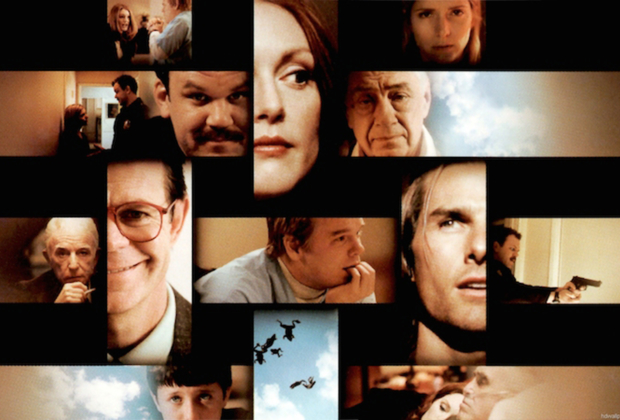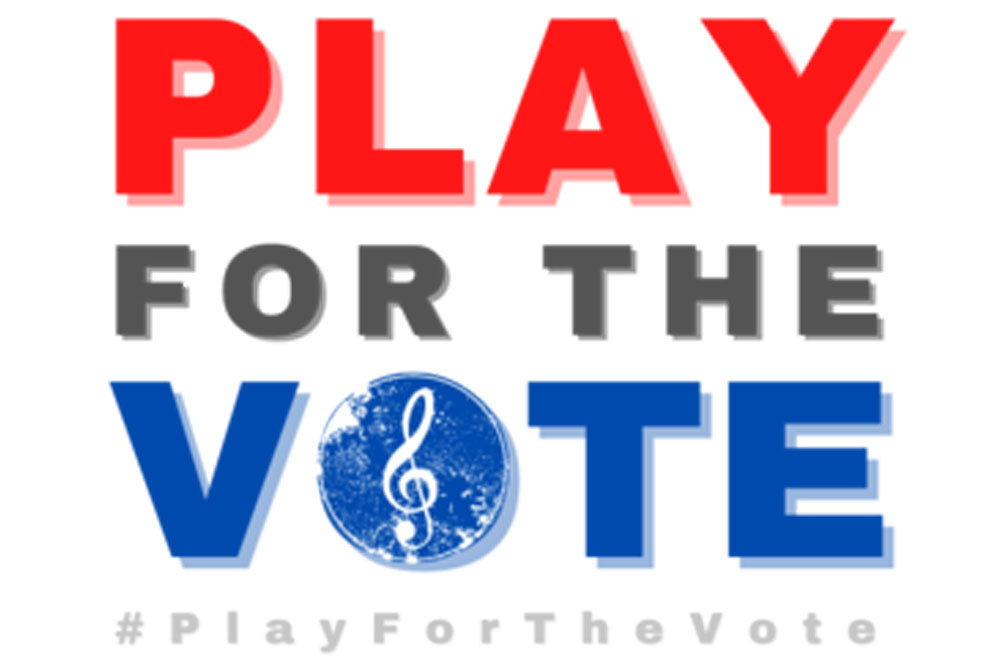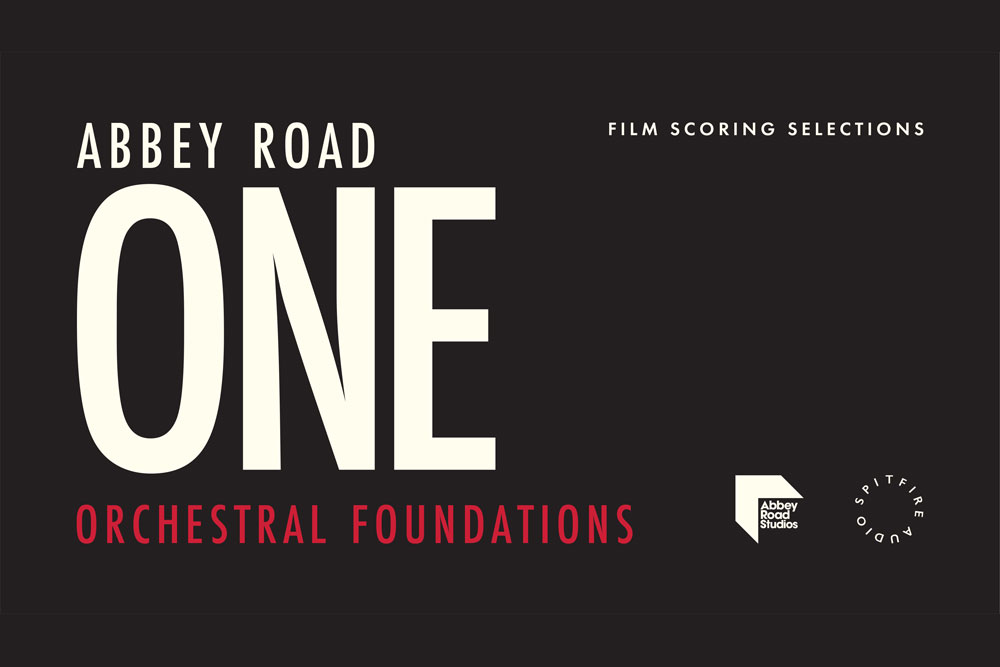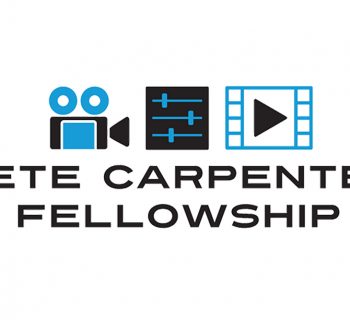SyncLove.com is a new channel from sync licensing and music discovery platform SyncFloor that invites production professionals to dive into their favorite moments in films and share the scenes that changed the way they think about music for picture. With in-depth interviews, SyncLove offers good reads and intriguing insights about what works in sync, and how powerful the combination of music and picture can be.
--
The SyncLove guest contributor for this post is Vlada Knowlton. Vlada is an award-winning filmmaker based in Seattle. Her debut documentary feature, "Having It All" (2015), was selected by Washington's PBS station, KCTS9, as the anchor program for its “Women Who Inspire” series in August, 2015, and went on to also be broadcast by Oregon Public Broadcasting. Her recent documentary, "The Most Dangerous Year" (2019), premiered at the 2018 Seattle International Film Festival, receiving a runner-up award for Best Documentary, and went on to win a Best Social Issue Documentary award at the Atlanta International Documentary Film Festival. It received a Congressional screening in Washington D.C., sponsored by the U.S. Congressional Progressive and LGBTQ Equality Caucuses, and was also given the top listing in Common Sense Media’s 2019 “Best LGBTQ Movies for Teens” list. Vlada holds a doctorate in Cognitive Science from Brown University and worked at Microsoft prior to her filmmaking career.
Vlada spoke to us about the emotional power of music in storytelling, and how, when the music selection is right, it can be an additional character powering the narrative and moving the viewer.
Before we dive specifically into Magnolia, tell us about what pairings of music and film shaped and inspired you in your personal and professional life.
I didn’t think about how music worked with film consciously as a young person. I just loved film and TV shows. They were an emotional escape. When I became a filmmaker and started analyzing the craft of filmmaking, I saw that music and sound were some of the most important aspects. The music leads that emotional journey.
Having said that, there were definitely movies and soundtracks that stuck with me. I loved the music in Rushmore, for example; it worked for me. Mark Mothersbaugh's soundtrack was so uniquely perfect for that story and that film. I also loved the music in Garden State. Zack Braff picked great songs for his soundtrack. It made the movie so much stronger. I thought the use of “The Only Living Boy in New York” by Simon and Garfunkel was a moment of brilliance by that filmmaker.
Pairing the right music and moment in the film can make that film. It’s a really powerful technique. In The Graduate, for example, the Simon and Garfunkel songs were like another character in the movie, in some ways. Same goes for the ABBA music in Muriel’s Wedding. Saturday Night Fever as well; the music was another character and helped make the story. Music is so important to storytelling.
If you had to explain to someone from another world what Magnolia was about in 5 minutes, how would you?
Without giving the story away, Magnolia can be described on two levels. The surface story is about a group of people of various ages and in various classes who are all connected in some way and all going through trauma in their lives. They’ve been suffering because of the trauma for a long time, and that suffering comes to a head around the same time when the movie takes place. They are working on resolving the pain and damage that has been caused by cyclical processes, where that damage is propagating through generations. It all gets resolved in a discrete period of time, which is why it works as a story.
The second level, which is under the surface, has to do with toxic masculinity, I’d say. The term toxic masculinity is a buzzword and gets used loosely sometimes, but I really think the film was about this particular problem. Toxic masculinity is accessible by men and women alike; it’s not just a problem in men. It’s an aggressive weapon that’s also a coping mechanism. It can damage people in their own lives and over generations.
It can only be overcome with the hard work of loving and accepting yourself and shedding that defense that’s been used against you as a weapon. This made Magnolia a very forward-thinking film. It may have seemed to be more of a caricature of people at the time. The Tom Cruise character, a virulent misogynist, may have seemed like a caricature but that same spirit is in control and in power in the country and world right now. Paul Thomas Anderson foreshadowed the issues we’re facing now. I think it was really insightful of him to focus on that problem back then.
Tell us about a scene in the film where the use of music truly moved you.
Aimee Mann wrote most of the music in the film. Women are rarely at the forefront of the soundtrack and still don’t have the opportunities men have in that industry and so I really appreciate that Paul Thomas Anderson worked against that bias. He made such a great use of her voice and her songwriting talent. For this story, I think it was important to use a woman’s voice, as it’s the heart and soul of the film. You hear her voice and her songs as the healing subconscious thread sewing these characters’ hearts and souls back together as you watch the painful experiences these people go through.
The one use of music that sticks out in my mind is the final song in the final scene, “Save Me.” It was nominated for an Oscar and a GRAMMY. In the last scene, Anderson laid the song over critical dialog that resolved everything for one of the main characters. It’s so hard to overlay music with lyrics underneath dialog or on top of it without losing the dialog. He and his sound engineer did that, and it was really powerful. You can watch it on its own without knowing the story. It was a great example of how beautifully sound and visuals can be paired in film and cause an emotional response.
It was really impressive how he pulled that off. I try to avoid having someone singing over dialog. I don’t have Paul Thomas Anderson’s expertise. I’ve tried, but it’s really tough.

Vlada Knowlton, Award-Winning Filmmaker
How have you used music in your films?
I’m more of a melody person myself. Melodies can make those emotional boosts, too. I look for a melody that I connect with emotionally. Melody can evoke emotions in me more than lyrics. I’m looking for an emotional valence in a melody. It has to speak the language of that scene in a way that touches you.
I’ve been lucky enough to have my husband score my films. It’s fun to work with him. I can’t compose a melody, but I can explain it with words, and he can understand the words and just do it! Like, “I want the key to be flat, I want it to sound roughly like this”. He can take my hand waving and write the melody I’m looking for. For The Most Dangerous Year’s last scene, he wrote the perfect melody and I was so happy. Not everyone is lucky enough to live with a composer, which is why people need services like SyncFloor to find that perfect melody.
(For more on Vlada’s film, see this LA Times review)
What’s something fun you’re working on now?
I’m currently working on a romcom that’s set in today’s world, in the tech industry. In the past I completed two documentary features, both extremely interesting and important to me. But I started out training to write narrative screenplays and feature films, and I'm looking forward to getting back on that track. Narrative features are fiction, but I can’t tease a story apart from the real world, so I imagine there will be an underlying message rooted in our times.
Check out SyncLove.com for more.












